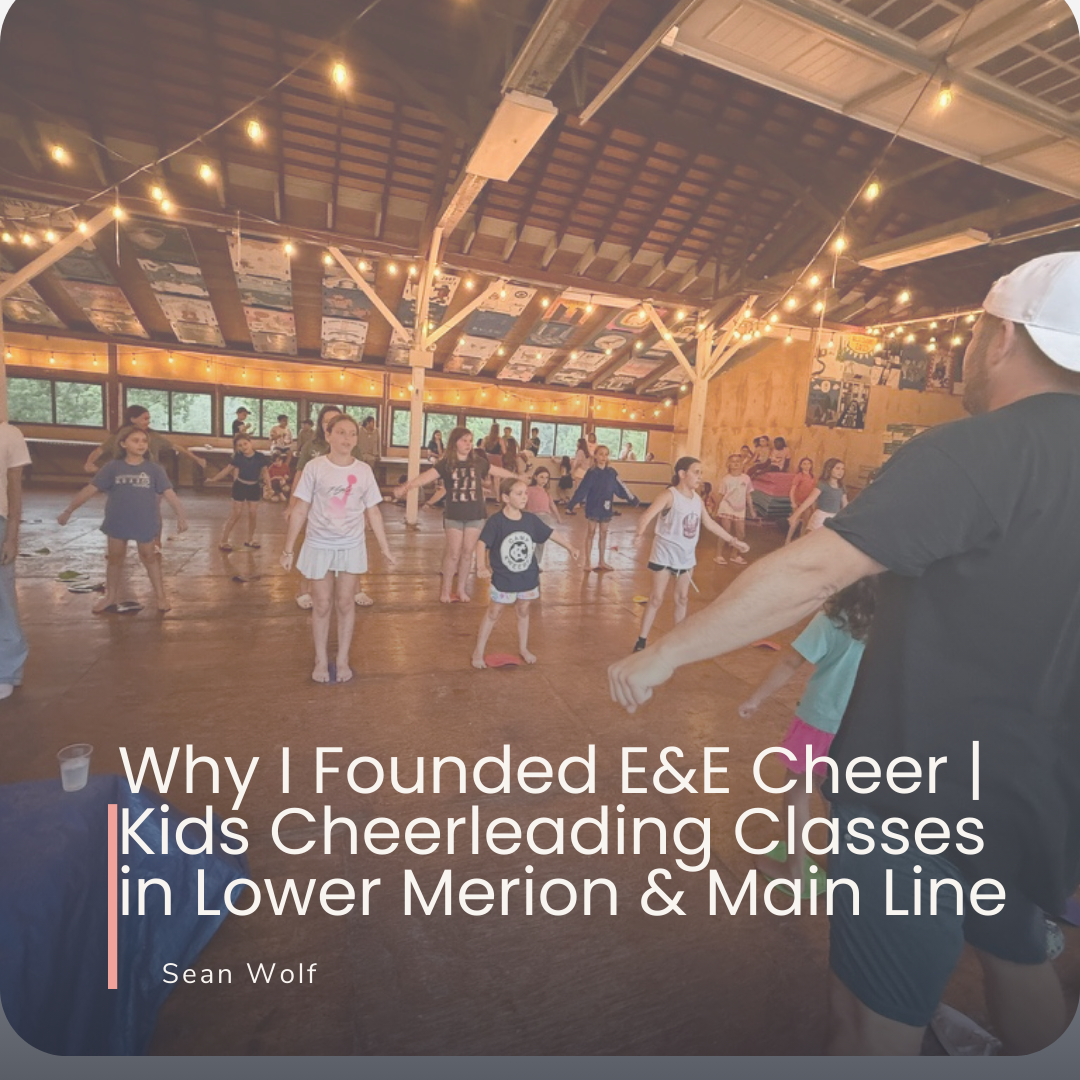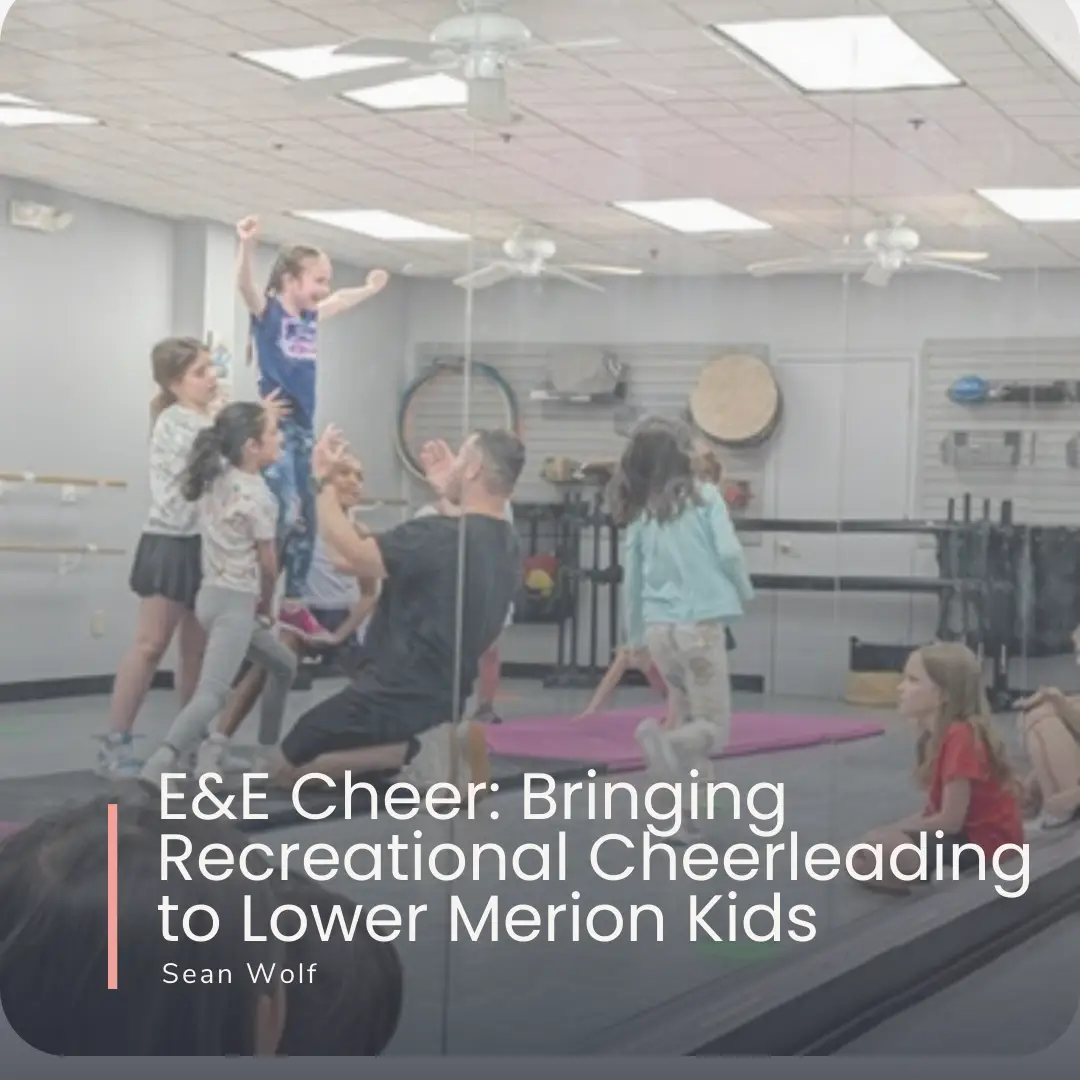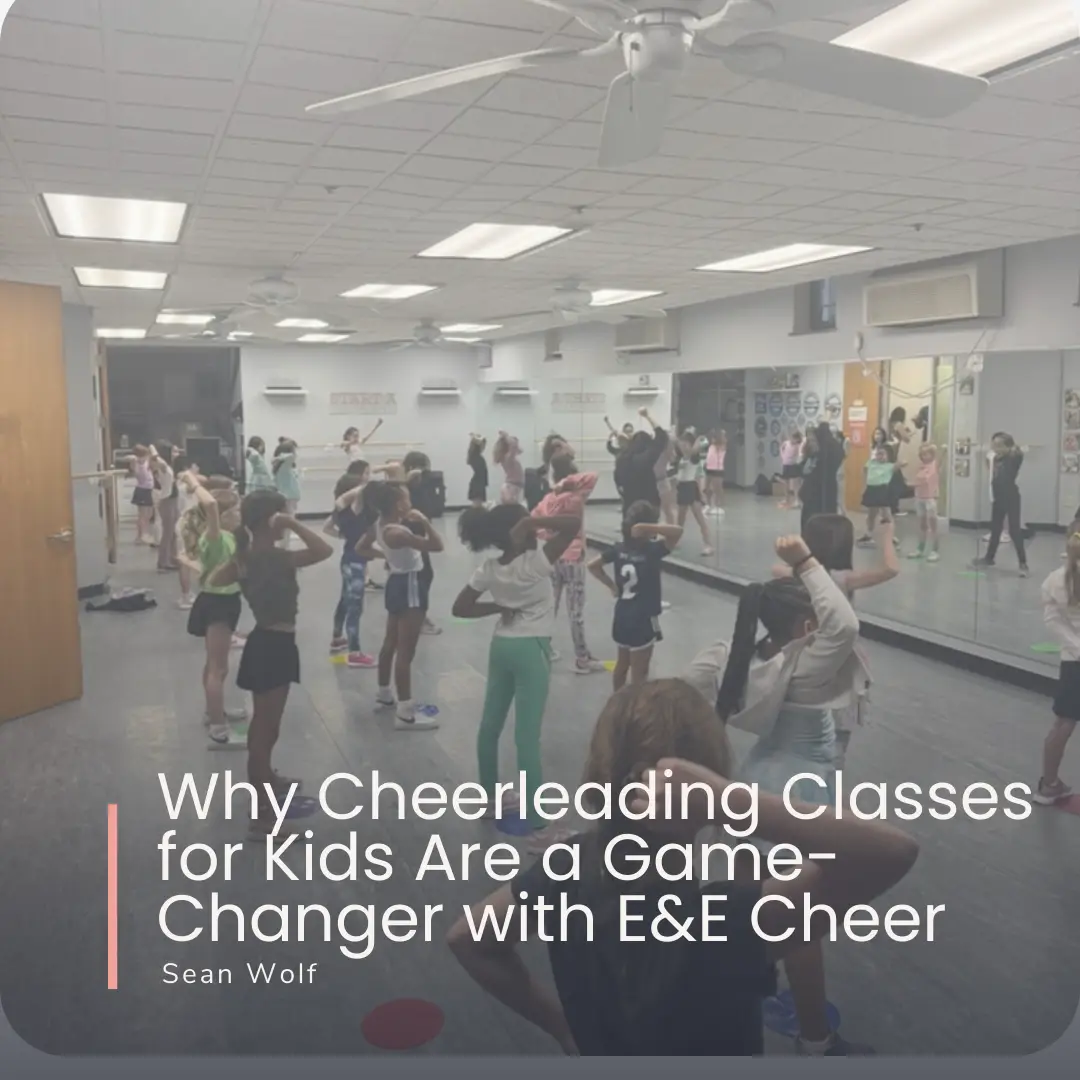Physical Fitness: Strength Meets Grace
Mental Edge: Focus and Quick Thinking
Emotional Resilience: Bouncing Back with a Smile
Emotionally, cheerleading builds grit. Falling from a stunt or flubbing a routine in front of a crowd stings, but it teaches kids to dust off and try again—something less emphasized in sports like baseball, where errors might bench you. The supportive squad dynamic helps, too. A 2022 survey by the National Federation of State High School Associations found 87% of cheerleaders felt emotionally supported by teammates, higher than rates in volleyball (79%) or soccer (74%). That encouragement fosters resilience, helping kids handle life’s ups and downs with a cheerleader’s trademark positivity.
Teamwork: Unity Over Ego
If there’s one thing cheerleading nails, it’s teamwork. Unlike basketball, where a star player can dominate, or swimming, where it’s you against the clock, cheerleading demands total unity. Every flyer, base, and spotter has a role—mess up, and the whole stunt collapses. Coaches often say it’s the ultimate team sport: no one shines unless everyone does. A 2020 report from the International Cheer Union noted that cheerleaders score higher on collaboration skills than athletes in individual-focused sports, making it a standout for kids learning to work together.
Confidence: From Sideline to Spotlight
What Sets Cheerleading Apart
Cheerleading’s edge over other sports lies in its balance. Football builds toughness but risks injury. Gymnastics hones precision but can feel isolating. Soccer teaches teamwork but lacks the performance flair. Cheerleading fuses athleticism with artistry, physicality with positivity. It’s less about beating an opponent and more about lifting each other up—literally and figuratively. Data backs this vibe: cheerleading injuries dropped 15% from 2010-2019, and catastrophic risks are near zero, making it a safer stage for growth than many alternatives.




